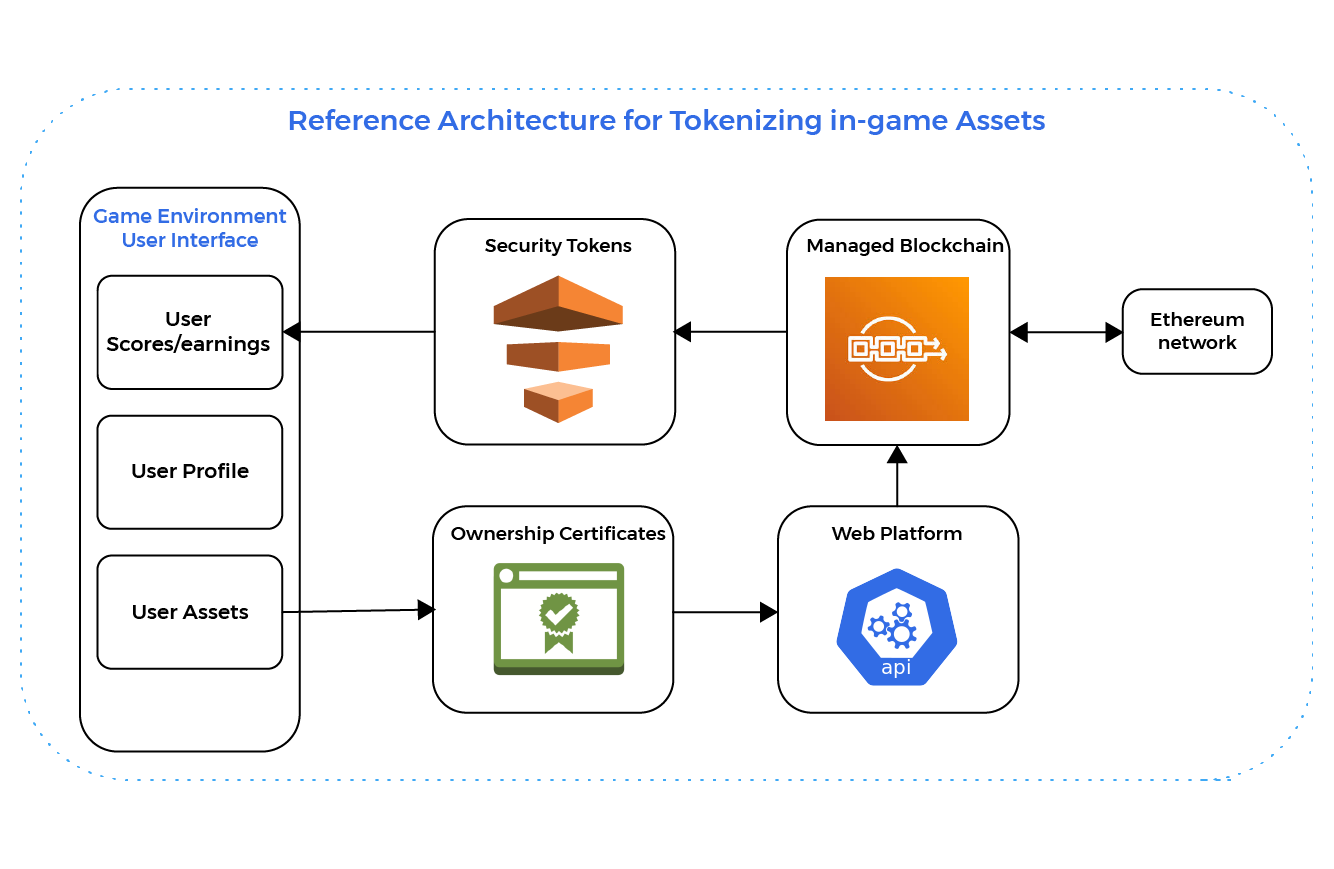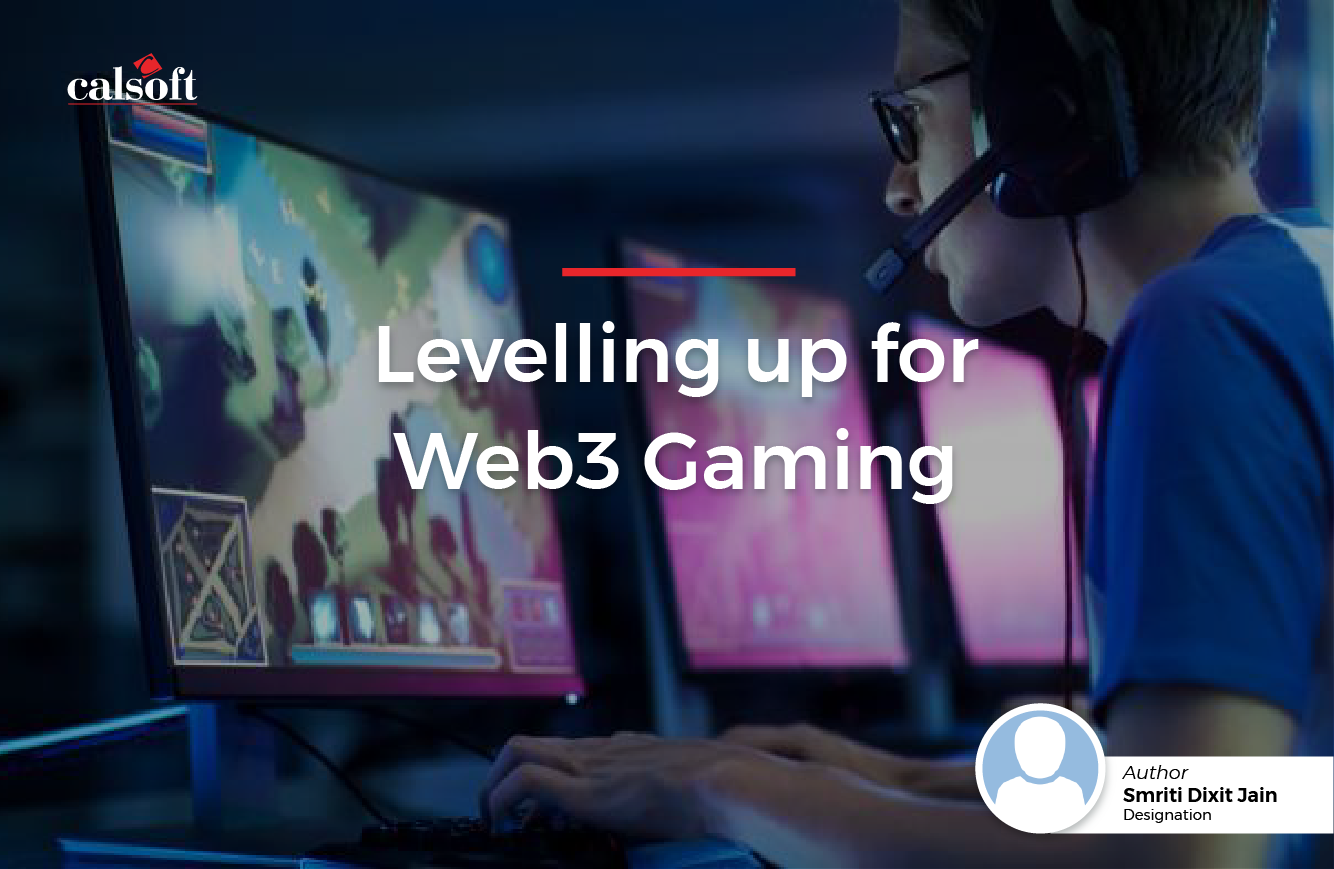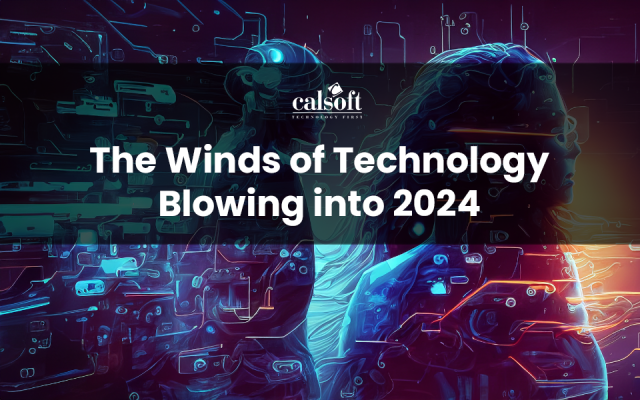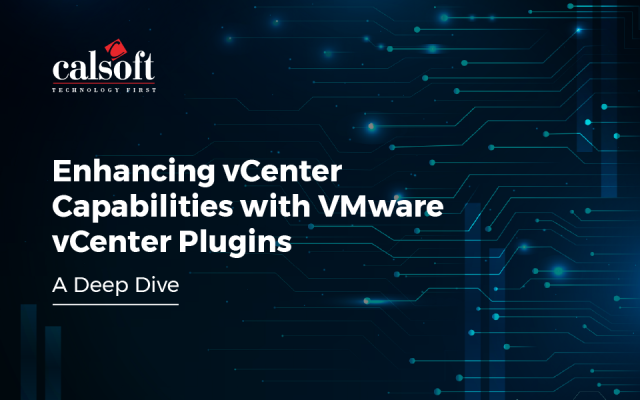The world is moving to Web3 faster than we can think and like every industry, the gaming industry has not remained untouched by its effects. Web3 is an internet with more control and ownership by means of real trading and by leveraging authentic crypto currency.
There are essentially two technologies that enable such autonomy to Web3:
- Blockchains are distributed public databases or ledgers where every transaction is recorded. As blockchains are shared they cannot be counterfeited which is crucial for authentic and reliable transactions.
- NFTs or Non-Fungible Tokens are deeds or unique tokens to a digital thing. It is technically proof that you own a thing. NFTs run on the blockchain and are traceable, so you always know who owns which NFT.
What makes Web3 games more popular than Web2 games among gamers?
Web3 games enable players to earn cryptocurrencies and NFTs through blockchain apps that are real money. Web3 games provide ownership to its players that allows players to own the digital assets they acquire while playing, which they can sell for cryptocurrency and other digital assets. Nothing excites a gamer more than being incentivised for playing games and therefore Web3 games are quickly gaining more traction from players than Web2 games.
Designing an engaging game is not a small feat, from brainstorming the ideas, developing the code, launching at the right time and in the right way and then building a player base takes considerable time. A sudden switch from Web2 to Web3 will cost highly both revenue and time wise.
However, all is not lost for Web2 game developers/owners as they still can built their Web2 games in Web3, here is how:
Tokenize In-game Assets
Developers can start by tokenizing Web2 in-game virtual assets like weapons, resources, armour and avatar clothing, etc. That way, having them locked in the virtual environment and only usable within the game, players will be able to transfer them within the game’s atmosphere or trade or sell them to other players.
Developers can enable players to own the tokenized assets by having them registered to them on the blockchain. This will enable players to own the assets and be able to keep or sell. Tokenizing anything from teams to players or brands can become a huge incentive towards attracting a new generation of investors and helping unlock benefits for the over 2.5 billion gamers

Create Games with NFT Abilities
NFTs will no longer remain simple collectibles but become access and identity keys in the gaming world. Users acquiring such NFTs can enjoy immersive content experiences and can participate in the community events between fans and creators through social media platforms like Discord. Developers can integrate “claim” functionality within existing Web2 games that could help in unlocking unique levels containing “NFT power-ups.”
Such functionality could help introduce Web2 players to blockchain-powered P2E Web3 gaming through a trusted web2 platform. The additional competitive layer will allow gamers to interact and engage with their peers and favourite games. By paving a new way to engage with creators and players, developers can incentivize the existing community for beta testing and tap wisdom from their feedback.
Games as NFTs
Transforming Web2 games to NFTs and using them as a bridge is another way of building a Web2 game in Web3. This will mean that instead of the developers owning their identity, content, and games solely, players can own NFT games. They can then use them as a vehicle to build a gaming community and a basis for a relationship with their fans. That means players can connect with developers in relationships that allow them to take advantage of NFTs without necessarily being locked into the platforms.
Apart from offering more freedom for connection, interaction and expression, users will appreciate the sense of ownership that NFT games bring and use them as deeds of ownership, meaning they can sell them when they feel like it.
A practical example is Shopify’s efforts to work on “tokengated commerce” to enhance the customer shopping experience based on users’ NFTs.
Apart from Shopify, Twitter and Stripe are examples of other platforms that are not Web3 DApps. They are dabbling with Web3 constructs to enhance their users’ experience. The implication will be that Web2 game developers will have to figure out specific ways through creator tools and infrastructure to explore Web3 integration.
Web2 games can also adapt to Web3, while maintaining the core “infrastructure” that these games established in Web2. Web3 transactions could be a new feature, and Web2 games for the most part can remain the same. There are multiple ways of introducing Web3 marketplaces to Web2 games without directly interfering with in-game economies.
For instance, Web2 game creators can design Web3 NFT Marketplaces for Web2 MMORPGs (Massively Multiplayer Online Role-Playing Games). Creators can introduce an NFT collection for MMORPGs where players can buy “NFT” items for cryptocurrency. NFTs can be traded through a separate in-game exchange so that there is no impact on in-game economy.

Following are some components of NFT marketplace platform:
Blockchain Platform
A platform to create, maintain and manage blockchains to enable smooth transactions. For example, Ethereum, Flow or Stellar etc.
Storage Platform
A file storing platform with an open and distributed architecture that does not require multiple servers to store, retrieve or replicate data. For example, Storj, Filecoin or BitTorrent etc.
NFT Standards
A token standard that defines the smart contract and features that the token issued by it has. For example, ERC-721 for non-fungible tokens, ERC-1155 for both fungible and non-fungible tokens, etc.
Front-end
A platform/tool to build the front end of your website. For example, React, Angular and VueJs etc.
Through the Web3 NFT marketplace, players in the future could trade NFTs through an in-game exchange that solely allows buying and selling NFTs. These “NFTs” could be wearables or non-wearable items that in-game characters can possess in their Game’s crypto wallet. Further, these NFTs can only be exchanged for cryptocurrency.
Players can also trade these same NFTs on a Web3 exchange that could be OpenSea, Fractal, or even an NFT marketplace that is developed by Game creators. That way, players or non-players can trade these items outside of the game to increase the stickiness of the NFT exchange platform.







